This post may contain affiliate links. Read my full disclosure here.
As an Amazon Associate I earn from qualifying purchases.
What is the best way to preserve raw eggs? Is there a downside to water glassing eggs raw? I answer these questions and more in the below video.
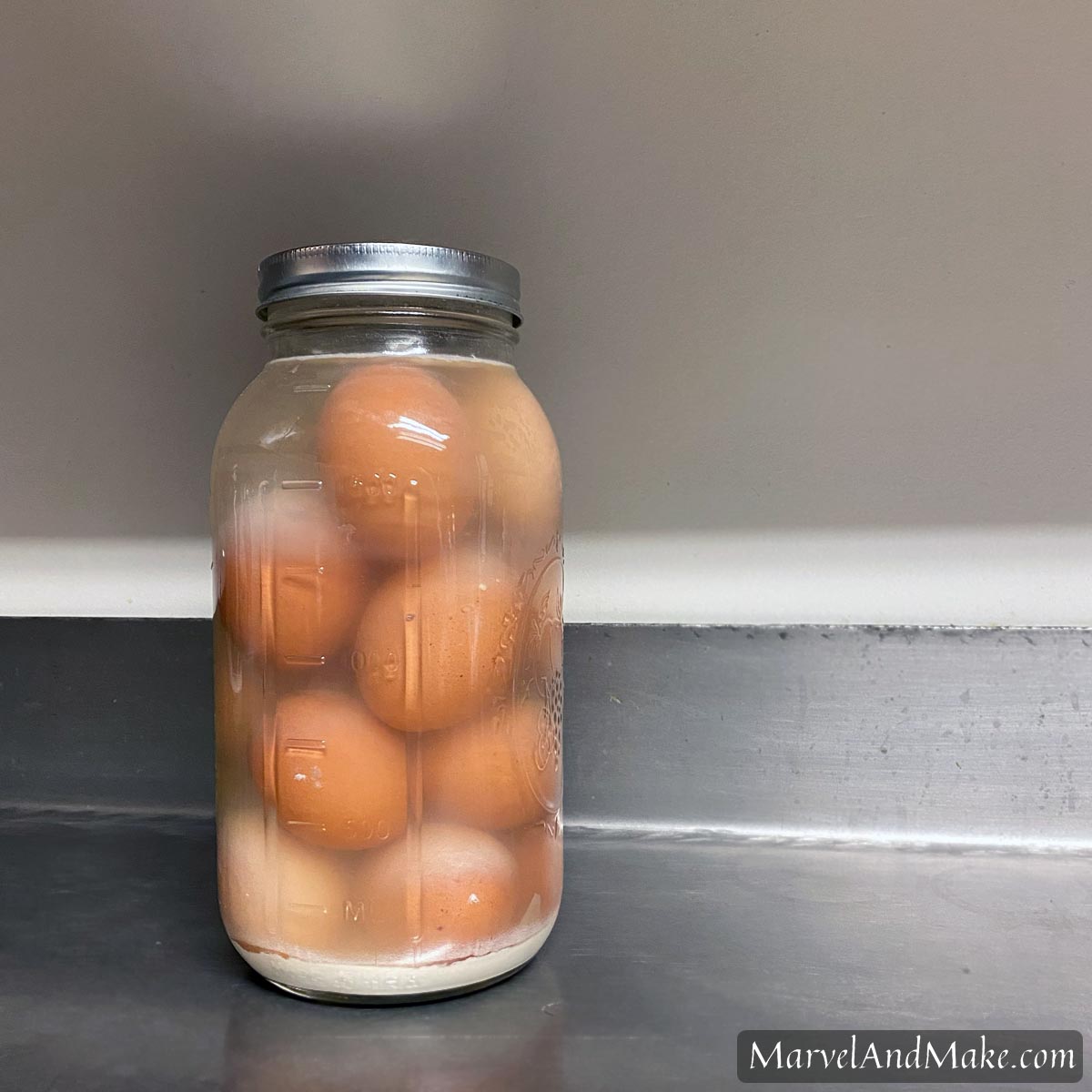
It’s that time of year when eggs are in abundance. We love having chickens and getting fresh eggs daily. But what to do with all those eggs? Well, aside from the obvious (scramble them, make quiche, boil them for a variety of uses)… you can also make ice cream custard, Caesar dressing, or add the raw yolks to smoothies and porridge.
But if you have chickens of your own or picked up a ton at your local farmer’s market, you should definitely preserve some by water glassing. Water glassing allows eggs to be preserved raw so that you can use them as you normally would throughout the winter when eggs production is slower.
If you’re unable to watch my demonstration, check out all the details below the video.
What is water glassing eggs?
Water glassing is a simple and safe way to preserve eggs using pickling lime and water. It’s important that fresh, unwashed eggs are used. This method will allow you to preserve eggs in a raw state for 12-18 months. The idea is that this will carry you through until the next “season” when hens start laying again.
Why would you want to preserve eggs?
When it comes to eggs, it’s truly feast or famine. Chickens only lay eggs consistently when they have enough light from long days. (Some people add lights to their coop to trick chickens into laying year-round, while others feel this is nature’s way of giving the chicken’s bodies a break from laying.) If you have backyard chickens, take advantage of the abundance during spring and summer and put some eggs away for the colder months when chickens aren’t laying very regularly.

What type of eggs can you water glass?
Eggs that are preserved through water glassing must be fresh and unwashed. They should also be clean – meaning, no dirt, mud, or grime stuck to the shell. But don’t wash them! Washing eggs removes the “bloom,” a protective coating that the hen adds just before she lays. If this barrier is scrubbed away, the pores of the egg will be exposed and the lime will enter the eggs rather than preserve them.
What do you need to water glass eggs?
You don’t need any fancy equipment to water glass eggs. You need some sort of container – a Mason jar is what I use in my example but my favorite is a large crock or you could also use a 5 gallon bucket or other plastic container, it just needs a lid. You will also need a kitchen scale to measure out the pickling lime (also called calcium hydroxide or cal lime).
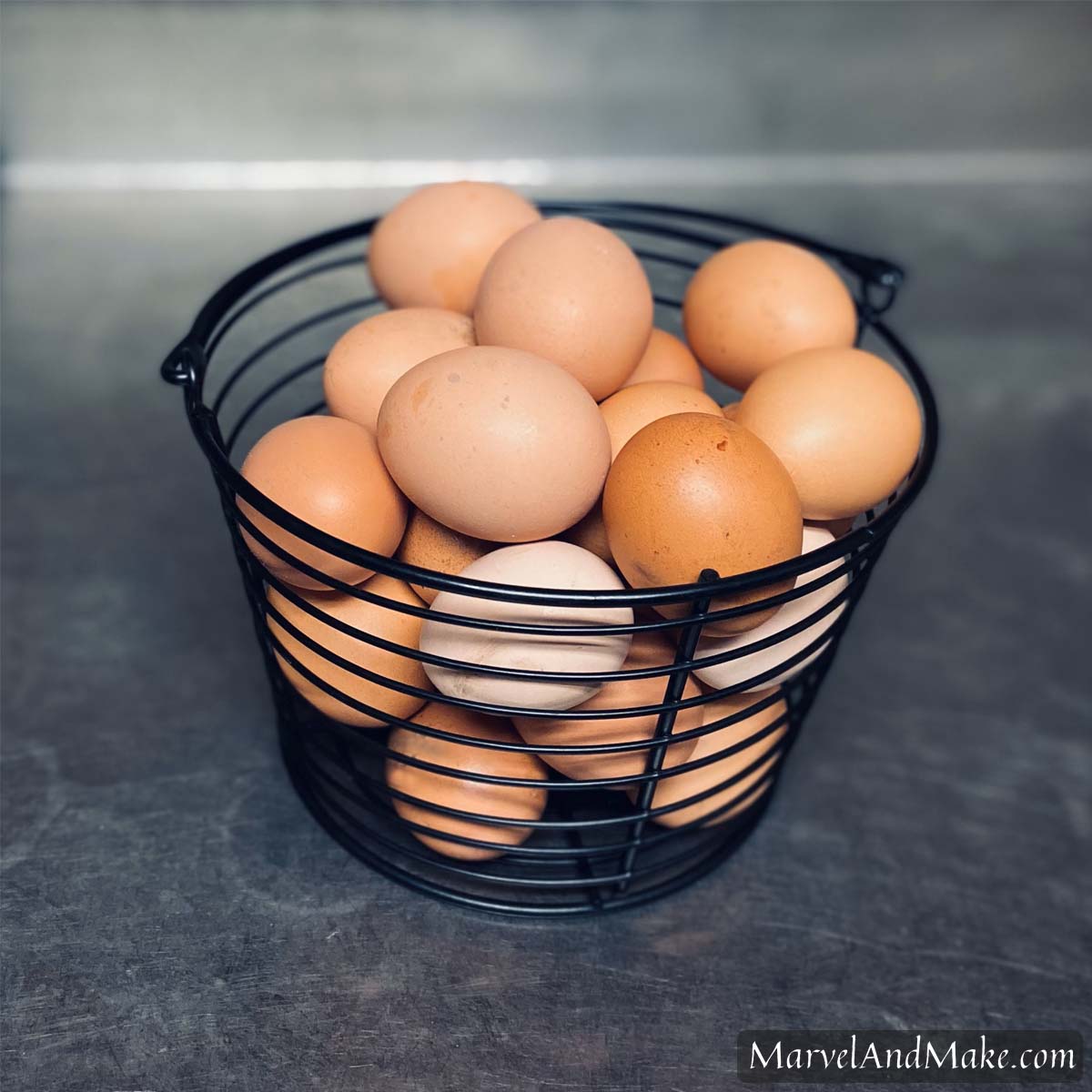
How can I use water glassed eggs?
Even though eggs that have been water glassed are preserved fresh, I would suggest to still cook them fully, just to be safe. I eat raw eggs in all sorts of ways (a few of those recipes I mentioned above) but only when the eggs are truly fresh (less than two weeks old) and from a trusted source.
Some Troubleshooting Notes
- The solution will separate once it sits, this is totally normal.
- Before using, always rinse the eggs when you take them out of the solution to remove the pickling lime from the shells.
- The yolks might separate and run into the white of the egg. I noticed that the eggs in my dark crock prevented this from happening slightly.
- Crack the eggs separately and smell them before adding to any recipe, just to be safe. There is always a chance that they had a crack in the shell and the solution would have penetrated through.
- If you’re working with a large container (like my crock in the video), you can add eggs and solution as you go. Just make sure the eggs are submerged each time.
Leave a comment below letting me know if you tried to preserve raw eggs using the water glassing method. What did you think?
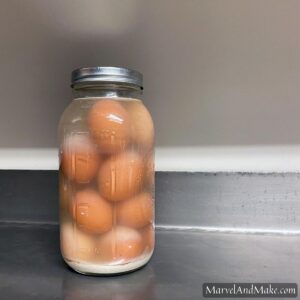
Water Glassed Eggs – How to Preserve Raw Eggs
Equipment
- 1 Kitchen scale
- 1 Container with lid
Ingredients
- 16 Fresh, Unwashed Eggs
- 1 Oz Pickling Lime (Calcium Hydroxide)
- 1 Quart Water
Instructions
- Select an appropriate container. For the video demonstration I used a half gallon Mason jar. You can use a crock or even a plastic bucket with a lid.
- Place fresh, UNWASHED eggs in the container. The eggs must be unwashed and clean (no noticeable dirt or grime attached) and devoid of cracks.16 Fresh, Unwashed Eggs
- Using a kitchen scale, measure out 1 ounce of pickling lime. Add it to the 1 quart of water and stir to mix. Pour the solution over the eggs until they are completely submerged.1 Oz Pickling Lime (Calcium Hydroxide), 1 Quart Water
- Store the sealed container in a preferably dark space. These last me until the next year and I use them in all of my recipes (pancakes, cornbread, etc.) where truly fresh eggs aren’t necessary.
Video
Nutrition
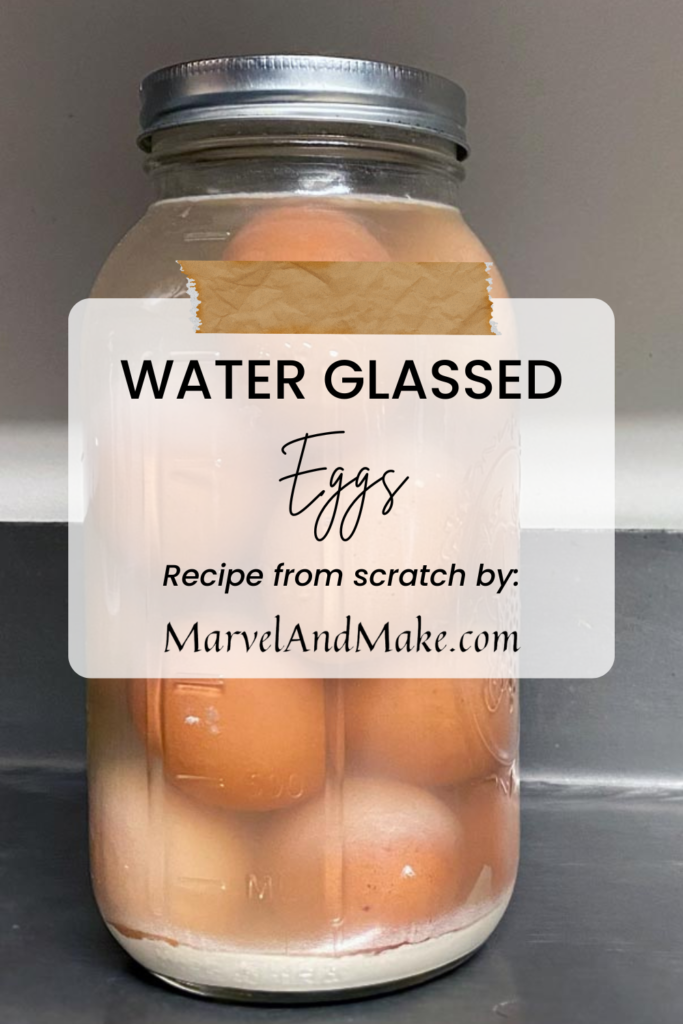

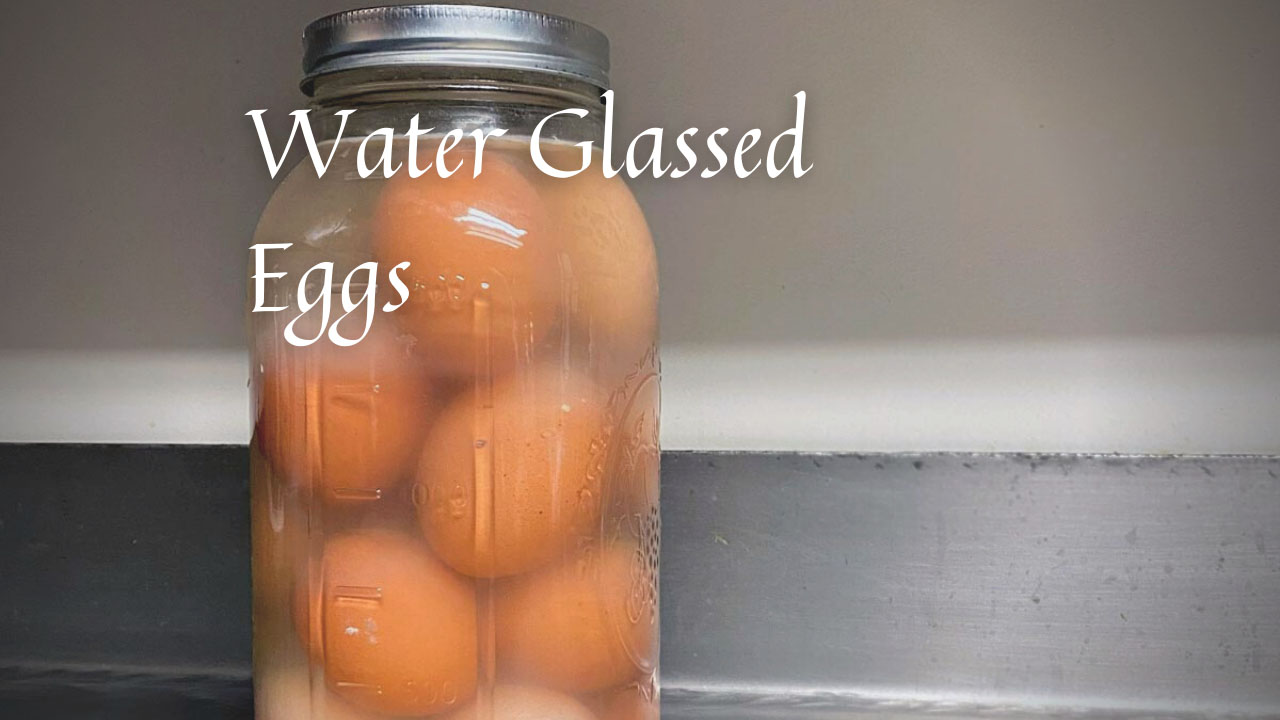

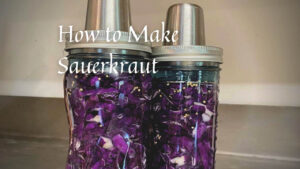
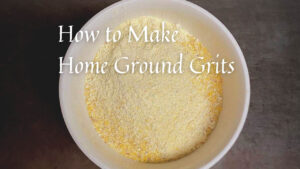
I was so intimidated by this until reading and watching you do this! Thank you!
Isn’t it so easy? As with many things… I was intimidated at first, too.
Thank you for this tutorial. I have so many eggs to store up for winter and this makes it easy.
Awesome! It’s so easy to store them this way.